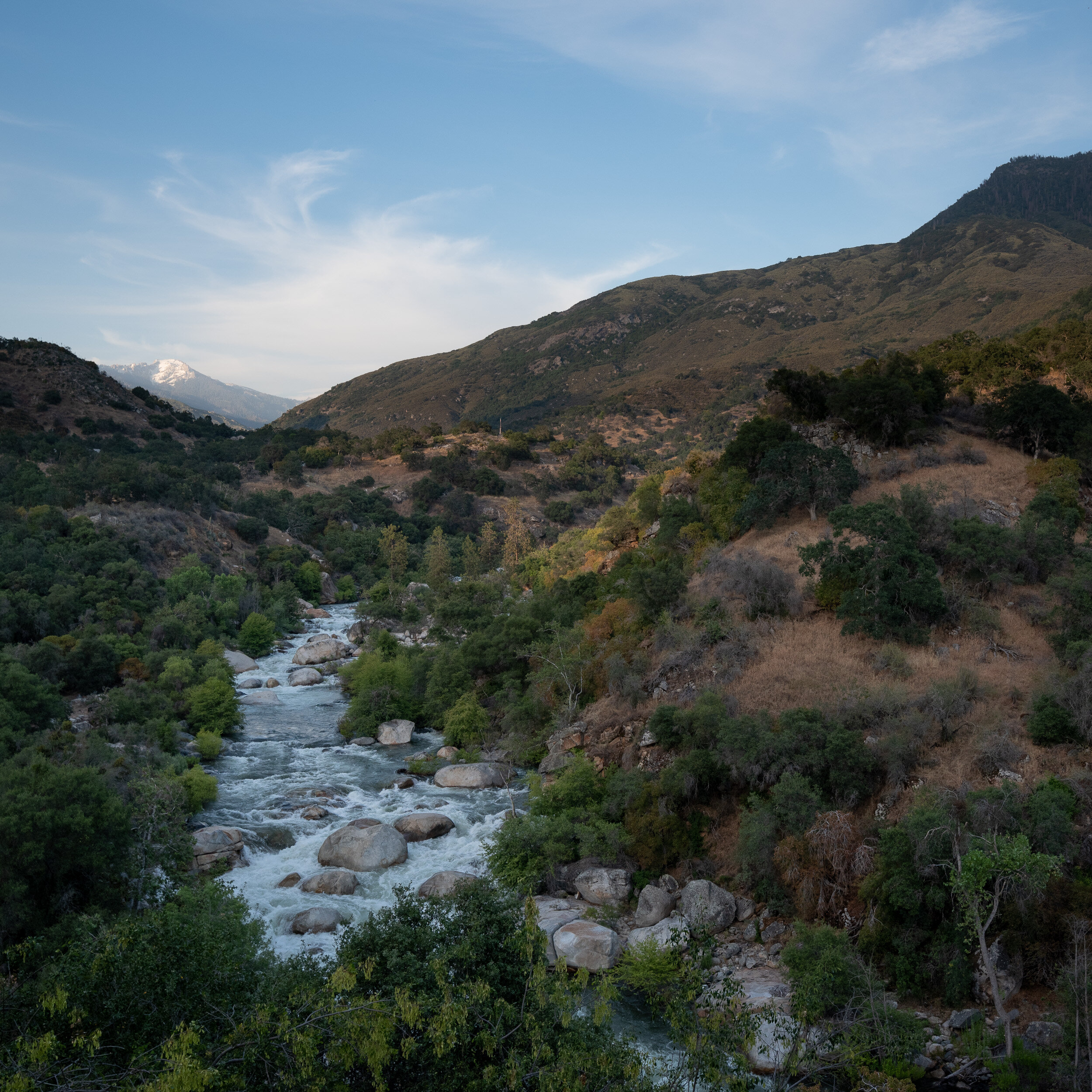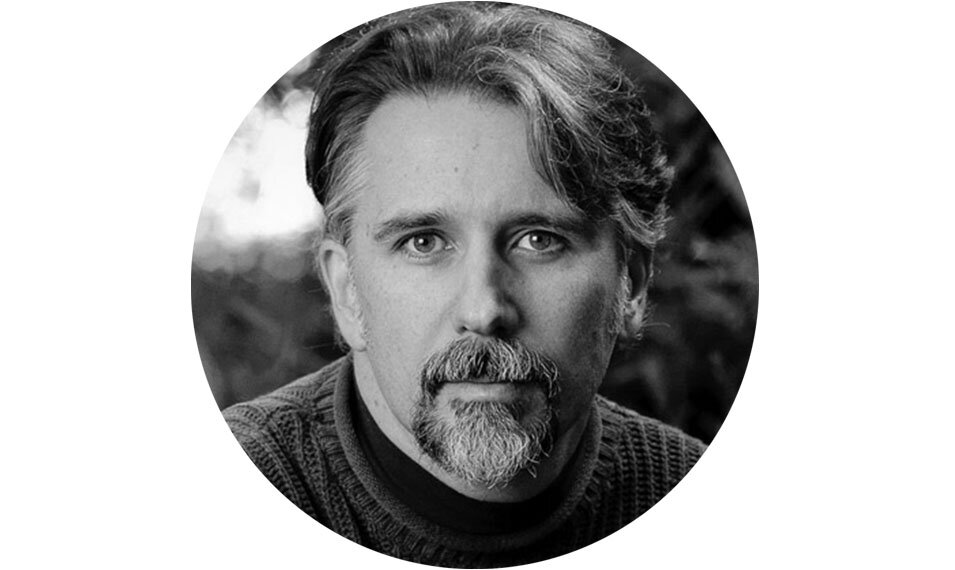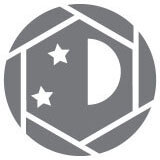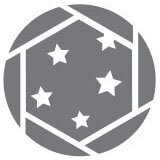Sequoia
The coast redwood may be the tallest tree in the world, but the giant sequoia is the most massive. You’ll be awed by these incredible trees as we spend a week among them in the Sierra Nevada of California.
Workshop Gallery
Workshop Details
August 29-September 3, 2021 — Completed
This is a 5-night, 6-day workshop. Your adventure begins at noon on August 29 and ends after a final slideshow on the afternoon of September 3.
$1,750 + applicable taxes. Register below.
Skill level
Open to all who have an understanding of the basic principles of photography and of their cameras.
Group size
14, with 2 instructors — 7:1 ratio
NPS website
Sequoia & Kings Canyon National Parks
Our workshop mission is to explore every U.S. national park. As with all our Passport Series locations, it may be years (if ever) before we return to any specific park. If you have a dream of making epic long exposures at night at Sequoia, we hope you join us.
Workshop Leaders
Registration
THIS EVENT HAS PASSED. THANKS FOR YOUR INTEREST!
| • Deposit of $500 is required to reserve your spot at the workshop. |
| • Balance of $1,450 is due on May 31, 2021. —> Pay balance here. |
| • You may choose the “Pay in Full” ticket if you desire to pay all at once. |
| • Last day for a cancellation request is May 30, 2021 (see cancellation and refund policy). |
| • The workshop fee does not include the Sequoia entrance fee, lodging, food, transportation to and from the airport, or transportation to shoot locations. |
The Sequoia Experience
The park features deep, dark, primeval forests and dramatic mountain scenery. We’re holding this workshop during the last quarter phase of the lunar cycle, so there will be some moonlight late at night, and dark starry skies early. We’ll photograph the trees of course, as well as mountain vistas, granite cliffs, raging rivers, gentle streams and lush meadows. Mountain roads with numerous pullouts offer cross-valley views.
There will be presentations and image reviews, but we’ll also enjoy several daytime excursions to see different parts of the park, including a visit to either Boyden Cave or Crystal Cave and into the adjacent Kings Canyon National Park.
What You Should Know
Participants must have at least basic photo skills, know their cameras well and be comfortable shooting RAW in manual mode with a DSLR or high-end mirrorless camera.
Night photography experience is helpful but not necessary. Even folks with extensive experience shooting at night will find this workshop challenging, stimulating and inspiring. Photographing in a dark forest with minimal moonlight isn't easy, but we'll be there to help you along. For advanced photographers, we can offer a portfolio review or specific challenges and goals, and will offer guidance in the field if you mainly want to concentrate on creating portfolio images or learning more advanced techniques.
If you would like to attend this workshop but are unsure whether you have adequate night photography skills, we can offer pre-workshop tutoring to get you ready for your adventure with us. Alternatively or additionally, a few of us have written books that may be productive pre-workshop reads.
What You Will Learn
You’ll go home after the workshop with a solid grasp of working in the forest at night and shooting the landscape under starlight and moonlight. Photographing the Milky Way, star trails and star points will all be explored.
TOPICS COVERED WILL INCLUDE:
how to scout and photograph epic Milky Way images
composing and focusing in low light
optimizing exposure for RAW capture and development with Lightroom
light painting and Low-level Landscape Lighting
and more …
This workshop will have both field and classroom instruction. We will be in the classroom most days, and out in the field at different locations each night. Participants can stay out shooting as long as they, or their camera batteries, hold out.
While in the field, the instructors will demonstrate their own techniques and work with participants one-on-one to make sure everyone gets the most out of the workshop. During classroom sessions, there will be presentations by the instructors, but we will focus on developing your images and sharing everyone's work and ideas with each other.
Night Conditions
Travel
You will need a rental car. You might consider renting a high-clearance SUV to have access to the entire park, as some of the gravel roads are not well-suited to regular passenger cars. However, a four-wheel-drive vehicle is not required for the workshop. If you are interested in carpooling or sharing a rental car, let us know and we will try to connect you with another attendee looking for the same. You are responsible for arranging and paying for your own transportation.
Nearby Airports:
Fresno Yosemite International (FAT) is 1.25 hours from the Kings Canyon National Park entrance on Highway 180 and 1.75 hours from the Sequoia National Park entrance on Highway 198. It is serviced by American, United, Frontier and Delta airlines. It’s also possible to fly into any of the Los Angeles area airports, but allow at least 4 hours to drive from LA.
Food & Lodging
We will be staying at Wuksachi Lodge, the premier facility in the park.
You are not required to stay at the official workshop lodging, though doing so does make it much easier to meet with the group each morning. The best alternative would be to stay just outside the park entrance in Three Rivers, California, but this requires climbing and descending 6,000 feet every day. Lodging info and group code will be sent after registering. If you are interested in sharing accommodations, let us know and we will try to connect you with someone like-minded in the group.
Local food options are limited. The restaurant at the lodge serves three meals per day, and there are a couple of other concessions in the park. We generally recommend two daily meals—a late breakfast and an early supper, with snacks or sandwiches for the night shoots. You are responsible for arranging and paying for your own meals and accommodations.
Weather
Due to the high-elevation climate, temperatures in the Sierra Nevada can be highly variable. Temperatures are often above 100 F in the central valley and drop down to the 60s or 70s in the sequoia groves, but it can be downright cold at night in the higher elevations.
Recommended Attire
Bring your hats and gloves, a base layer, and a warm winter coat so you’ll be prepared for any conditions we may encounter. As always, layer your clothing for flexibility and comfort.
Considerations
The elevation at Sequoia and Kings Canyon National Parks ranges from 1,370 feet to 14,494 feet, but the giant sequoia does not grow at elevations above 8,000 feet. The park climate can be divided into three general zones: low-elevation foothills, mid-elevation montane forests and high-elevation alpine mountains. We will spend most of our time in the mid-level montane forests between 6,500 and 8,000 feet.
You will most likely be arriving either from Fresno or Visalia in the Central Valley, which are both about 300 feet above sea level, and climbing up through the foothills to the sequoia groves. It’s a good idea to take it easy for the first couple of days if you are coming from lower elevations. There won’t be any strenuous hiking, but we will be doing daily walks on park trails. You should be in reasonably good physical condition to attend this workshop.
Note: To ensure the safety of individuals and the group, National Parks at Night reserves the right for workshop leaders to use their discretion to limit an attendee from engaging in a rigorous activity on-site should that person's physical health or ability be in question. If you are unsure about your ability to meet the physical demands of this workshop, we will be happy to discuss your concerns one-on-one before you register. You are also, of course, welcome to attend a workshop and sit out any physical activity that makes you uncomfortable. In such cases, we can provide you with ideas for alternative shoot locations for that time.
Please read our FAQs section for more information about skill and gear requirements, and other information that pertains to all our workshops.
If you have questions, please contact us—we're happy to talk it over with you.
At peace under gentle giants ...
“These quiet giants have an extraordinary calming effect—on me, and on everyone I know who’s had the opportunity to stand under them.”
I’ve spent a lot of time in the Sierra Nevada. Most of it has been from the eastern approach, traveling up and down one of my favorite roads, CA Highway 395.
From Ridgecrest to Reno, 395 is the point of departure for the Alabama Hills, Manzanar, the Ancient Bristlecone Pine Forest, the western part of Death Valley, Mono Lake, the back way into Yosemite, Bodie ghost town, and so many more of California’s natural wonders.
The one thing 395 doesn’t provide is access to Kings Canyon and Sequoia National Parks. You pass right by them driving through Lone Pine, Independence and Big Pine, but the 14,505-foot Mount Whitney gets in the way. There’s no pass from the eastern side. One would either have to drive south to Ridgecrest and then head north from Bakersfield, through Visalia, and then Three Rivers and climb up into Sequoia, or head north to Mono Lake and then cross Tioga Pass, go all the way through Yosemite, then head south to Fresno down into the Central Valley, and back through the foothills on Highway 180 and up into Kings Canyon. It’s a lot of ground to cover.
As a Bay area resident for 10 years, and Santa Cruz resident for 3, I’ve had plenty of opportunity to spend some quality time with the giant sequoia's cousin, the coast redwood. Muir Woods is just across the Golden Gate from San Francisco, and it was an easy day trip that I made many times. And there were longer road trips up Highway 1 through Mendocino and Humboldt counties, including NPAN’s 2018 Redwood National and State Parks workshop.
My time in Santa Cruz was spent on a small farm that bordered a redwood forest, so the coast redwoods and I go way back. Time spent in the tall trees is time that will always be remembered. It doesn’t matter if you are a mountain person or an ocean person—pretty much everyone is a tree person whether or not they have discovered it yet. These quiet giants have an extraordinary calming effect—on me, and on everyone I know who’s had the opportunity to stand under them.
When I finally did have the opportunity to say hello to the sequoia in 2015, it was just a brief introductory visit on part of an epic road trip. It was a tease, but walking the trails through the forest brought that same sense of calm and relaxation that I’ve felt in the redwoods.
I went back again last year to scout and prepare for this upcoming workshop, and the thought of being able to introduce a workshop group to these tremendous forests made me very happy.
I want to share that bliss with you. The awe and wonder from seeing that such things exist in our world has the power to transport us from the trials and traumas of our lives. It will be my honor and great pleasure to introduce you to the most massive, but eerily quiet and gentle beings on our planet. To stand beneath them and to point our cameras up and photograph the stars through the canopy of the giant sequoia is a rare experience that I look forward to sharing with you next August.




























